But that’s not necessarily the only way of doing things. Case in point, the Ioniq 5 tested here. This 72kWh Elite model still has the big battery and range (a point we’ll touch on again later), but just the single motor. We drove the dual-motor version a couple of months back, and found it’s big hit of torque (605Nm) intoxicating, but it felt all a bit much for the general persona of the car.
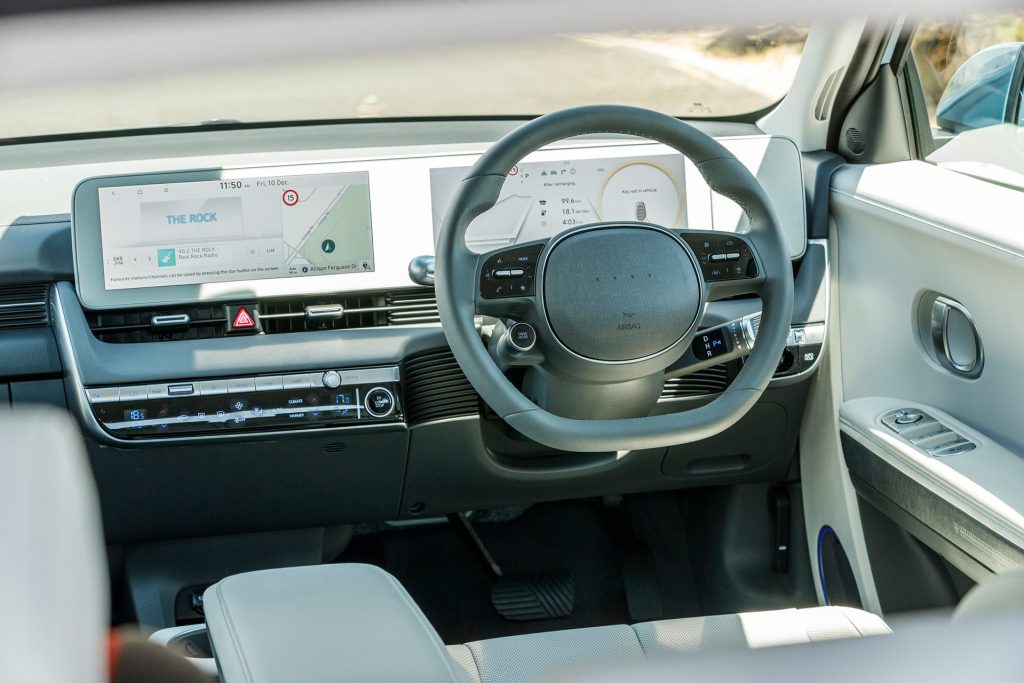
This Ioniq, with its 160kW/350Nm motor in the rear, is a better package. It still delivers that effortless torque you expect of an EV, but it’s not OTT. And yet there’s power enough to get the pass done easily. We prefer its dynamics too, turning into the bends more sweetly while resisting understeer better without the weight of an extra motor burdening the front axle. Only through trickier bends, taken with a bit of gusto, do you feel the weight of the motor in the rear. The traction control is well sorted so the torque hit doesn’t overwhelm the rear and so the AWD isn’t missed.
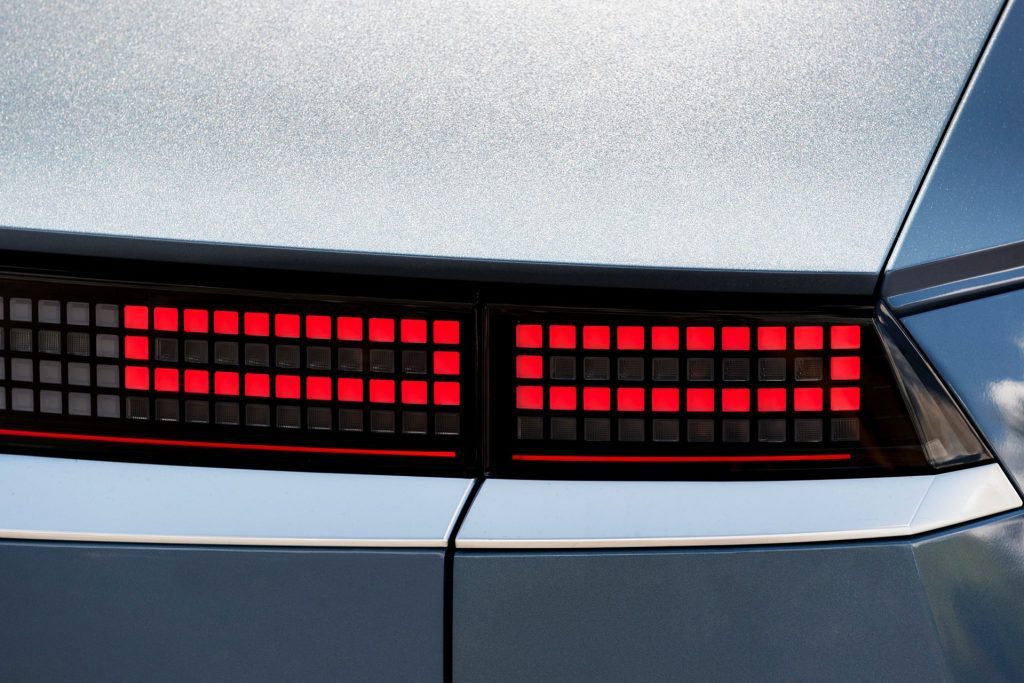
This feels a better balanced, more cohesive package. When cruising a country trail, the brake regen makes for smooth, easy progress. Simply lift off the go pedal and you’ll slow calmly for the corners.
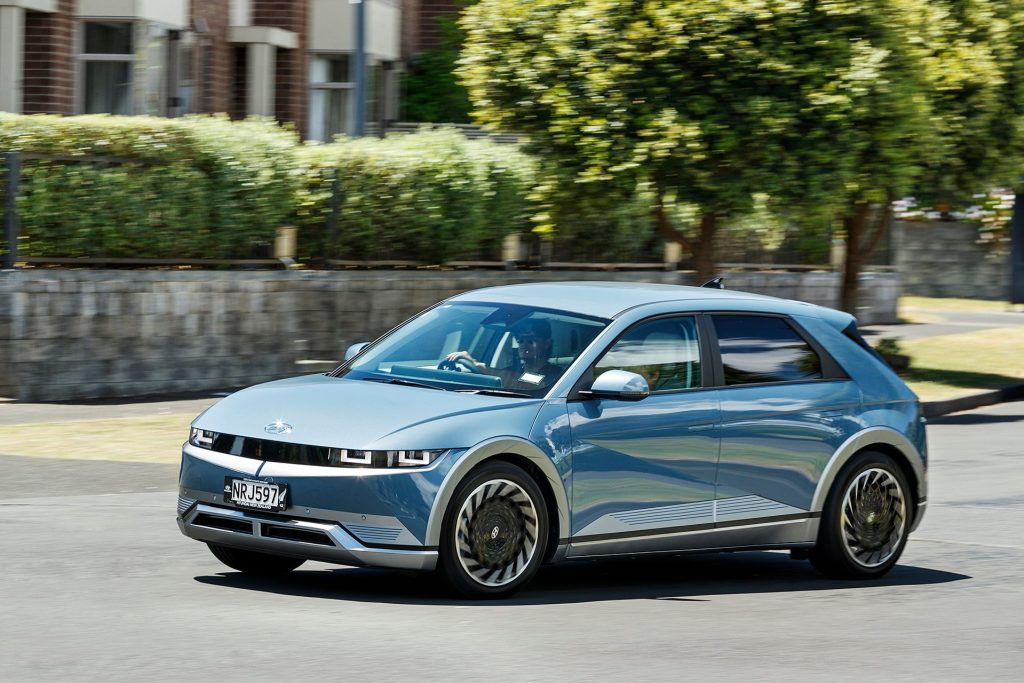
But city life is the more usual haunt for EVs, the Ioniq 5 more than capable here too. It zaps the battery at a rate of 19kWh/100km (17.7kWh/100km the claim), but it is a big car. As such the turning circle is wider than ideal, blame that long wheelbase. However, this gives back seat riders room to stretch out.
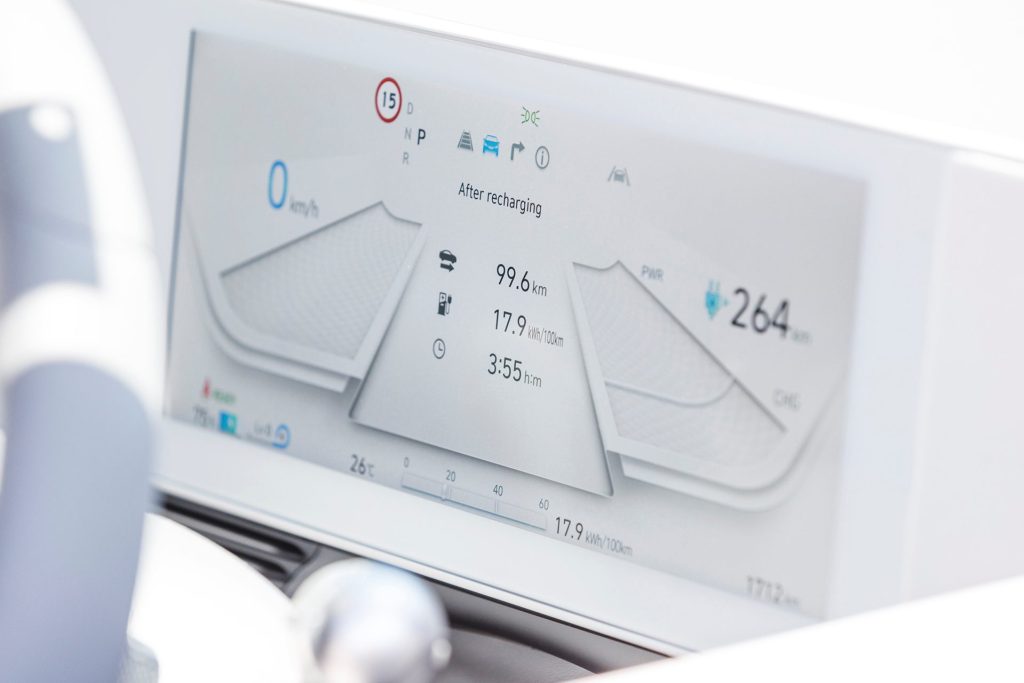
It’s a quiet machine, little in the way of whirring from the motor or trans, and not too much in the way of tyre rumble from the oversized rubber. Still, the ride isn’t quite as settled as you’d hope, those choice looking 20s highlighting the bumps. It’s not too bad but you tend to notice the jostle as the rest of the package is so refined.
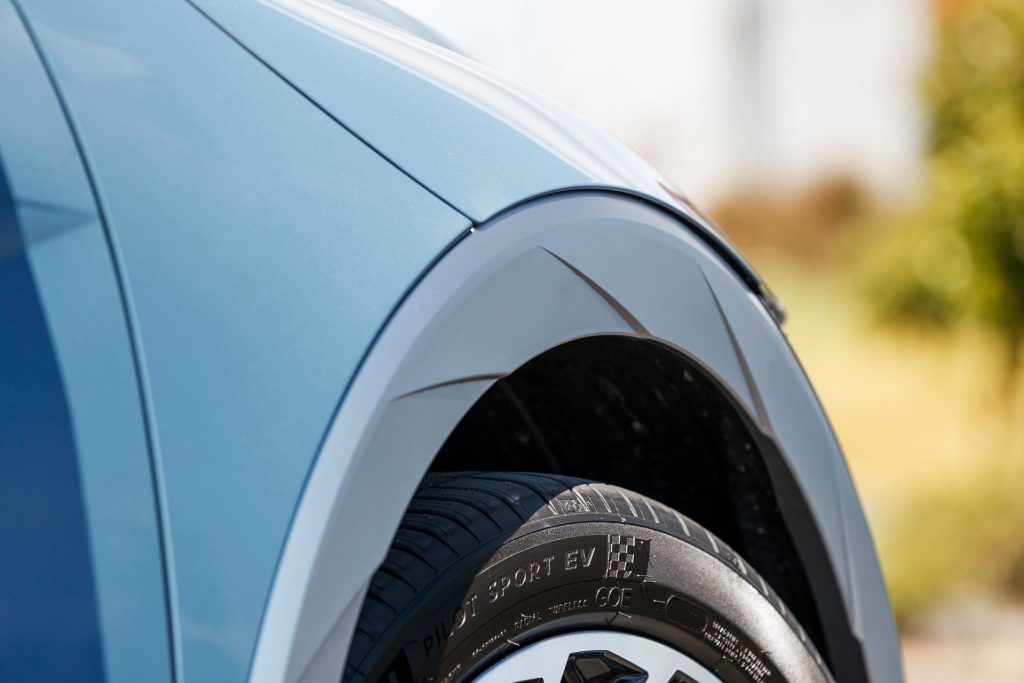
There are multiple regenerative braking strategies. The auto mode doesn’t work as smartly as the Kona’s, but this has a genuine one-pedal drive mode, i-Pedal, which works well. You can also set three levels of regen via the paddles, or remove it completely. We sometimes like to fiddle with them, but the one-pedal mode requires far less effort and thought. The braking is well calibrated, i-Pedal bringing you to a halt in a super smooth manner.
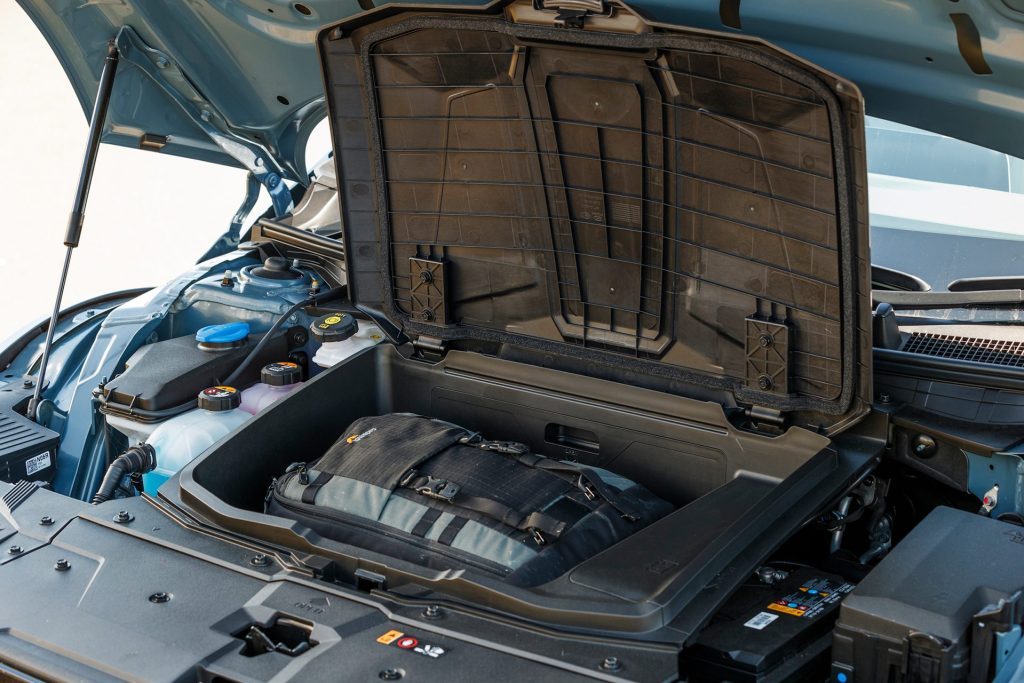
Ioniq 5 sure has presence courtesy of it’s styling and size. It’s quite wide, giving it an airy cabin, but it doesn’t include an around-view camera to help parking duties. While there is a lot of passenger space, the boot is small for Ioniq’s size, the floor set high too. Up front it’s better, the driving position spacious. The centre console, complete with a dubious sliding function, offers a heap of storage, and adds to cabin novelty factor. Elevated seat heights and big doors ease entry and most of the linings are decent quality, as is the construction, but white trim, really? You get used to the positioning of the gear selector, slung off the side of the column and slightly obstructed by the wheel. There’s nothing too vexing about the minor controls, most aspects sorted easily, while the design is pretty swish.
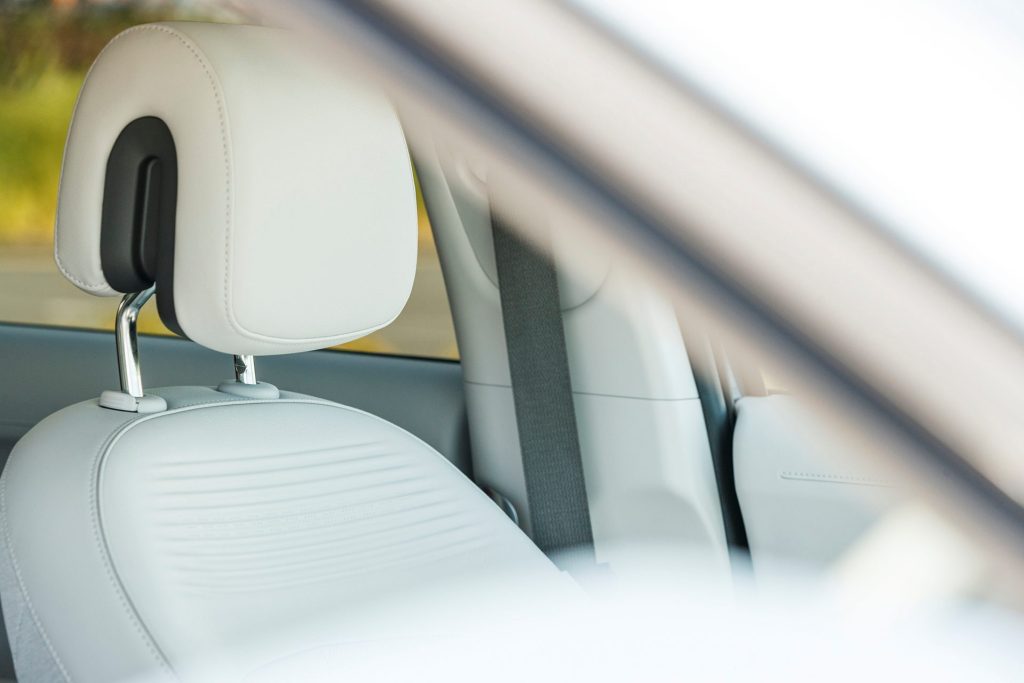
For price, this 72kWh Elite 2WD is a princely $96,990. Just one of the Ioniq 5s is eligible for the rebate, and that’s the 58kWh 2WD, at $79,990. The big difference is the battery size and related range, 384km versus 481km for the $89,990 72kWh model. Though with the discount, the premium for those 100km is $18,625. Ridiculous.
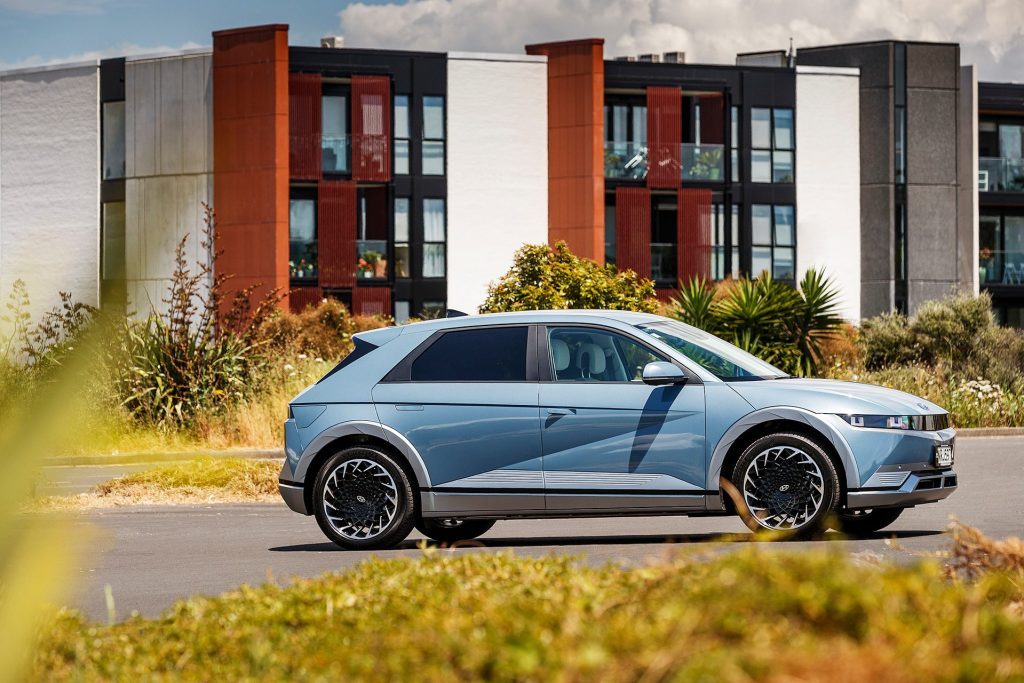
And so the value is in the base model. You miss out on 35kW of power but you get the same 350Nm of torque and, compared with the Elite model here, it lacks a couple of the active safety features but nothing so major as to affect it’s five-star crash rating. Missing too are leather trim and seat heating, flush door handles, a sliding rear seat and 20-inch wheels, all of which we could live without.
| Model | Hyundai Ioniq 5 Elite 2WD 72.6kWh |
| Price | $96,990 |
| Motor | single, 160kW/350Nm |
| Battery | 72.6kWh net |
| Range | 481km (WLTP) |
| Drivetrain | single-speed auto, FWD |
| Energy Use | 17.7kWh/100km |
| C02 Output | 0g/km |
| Weight | 1990kg (claimed) |


